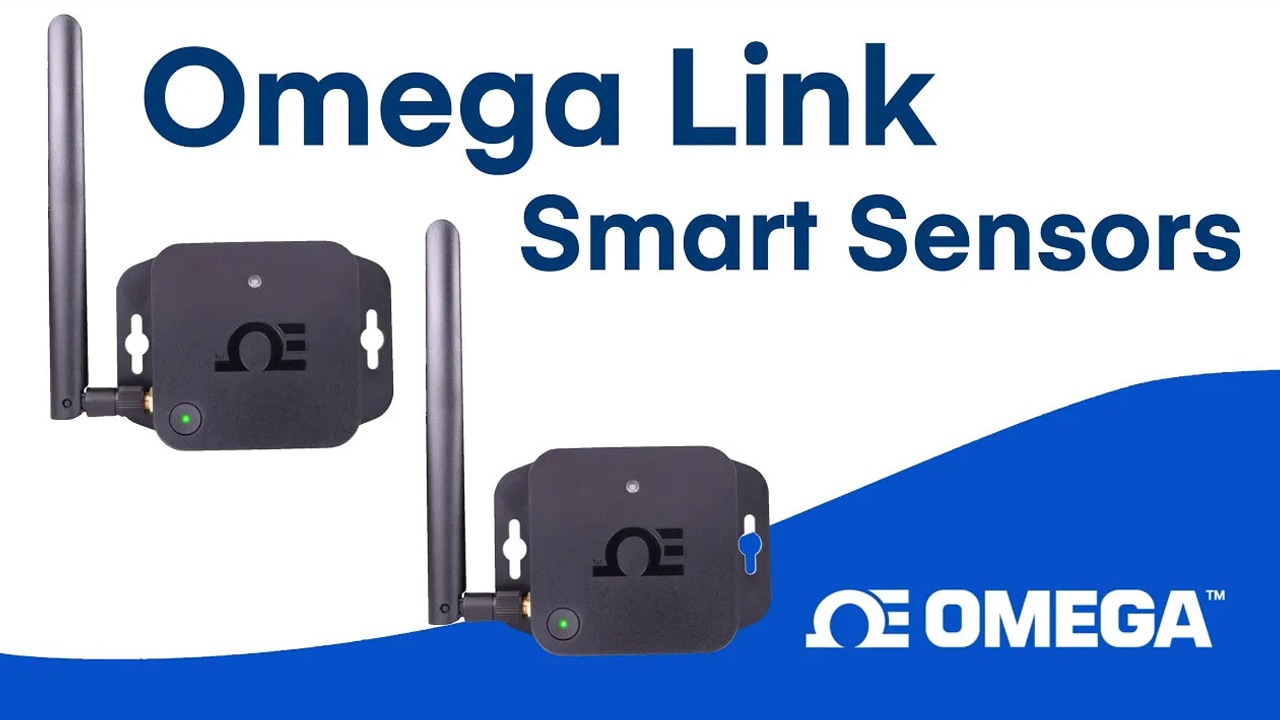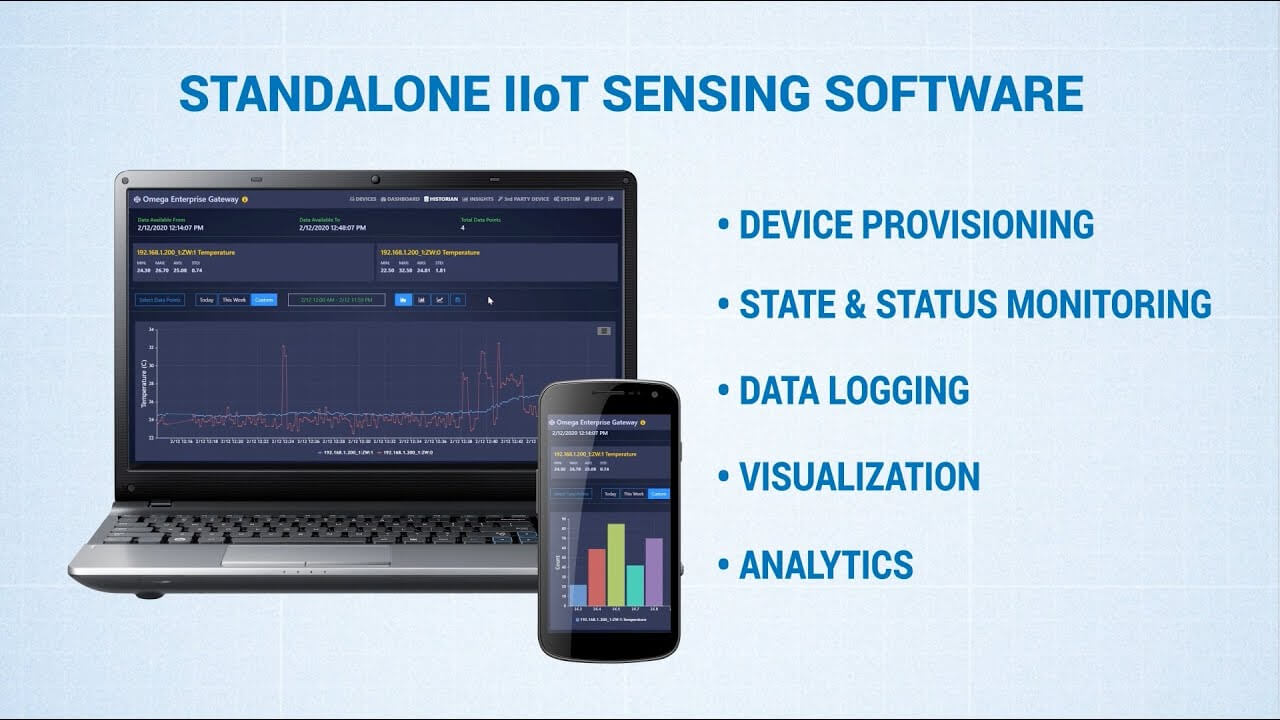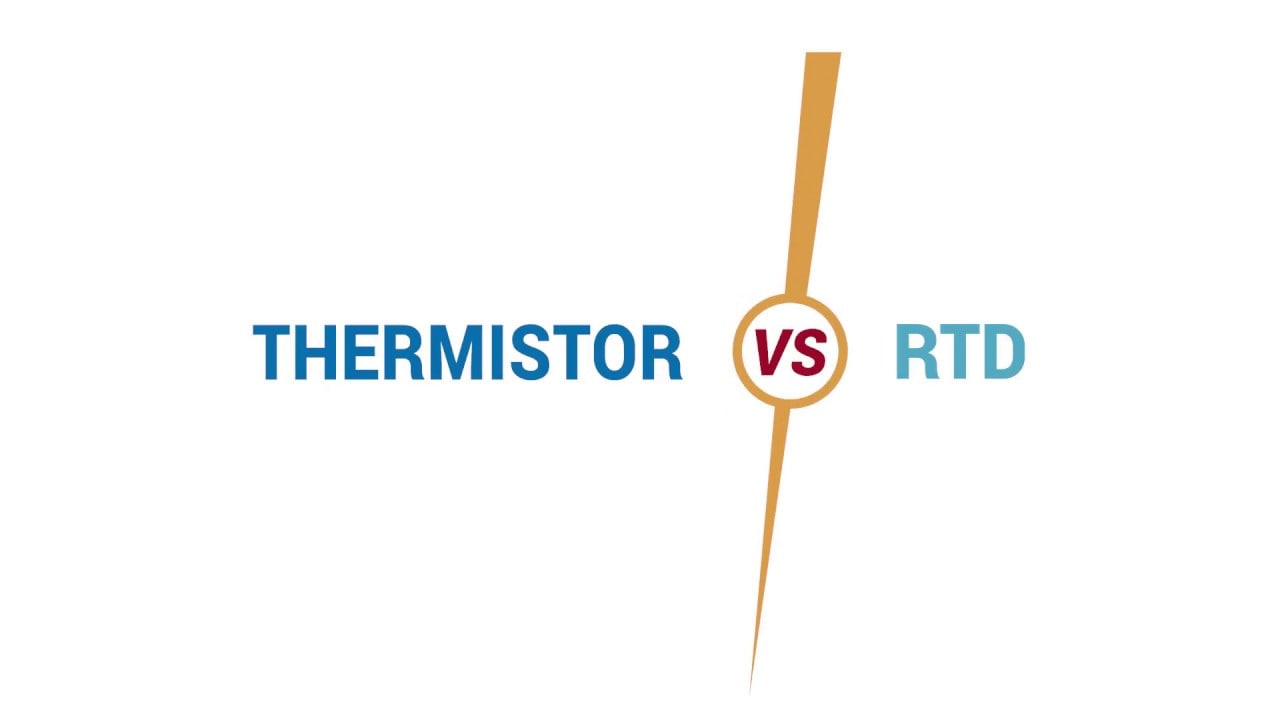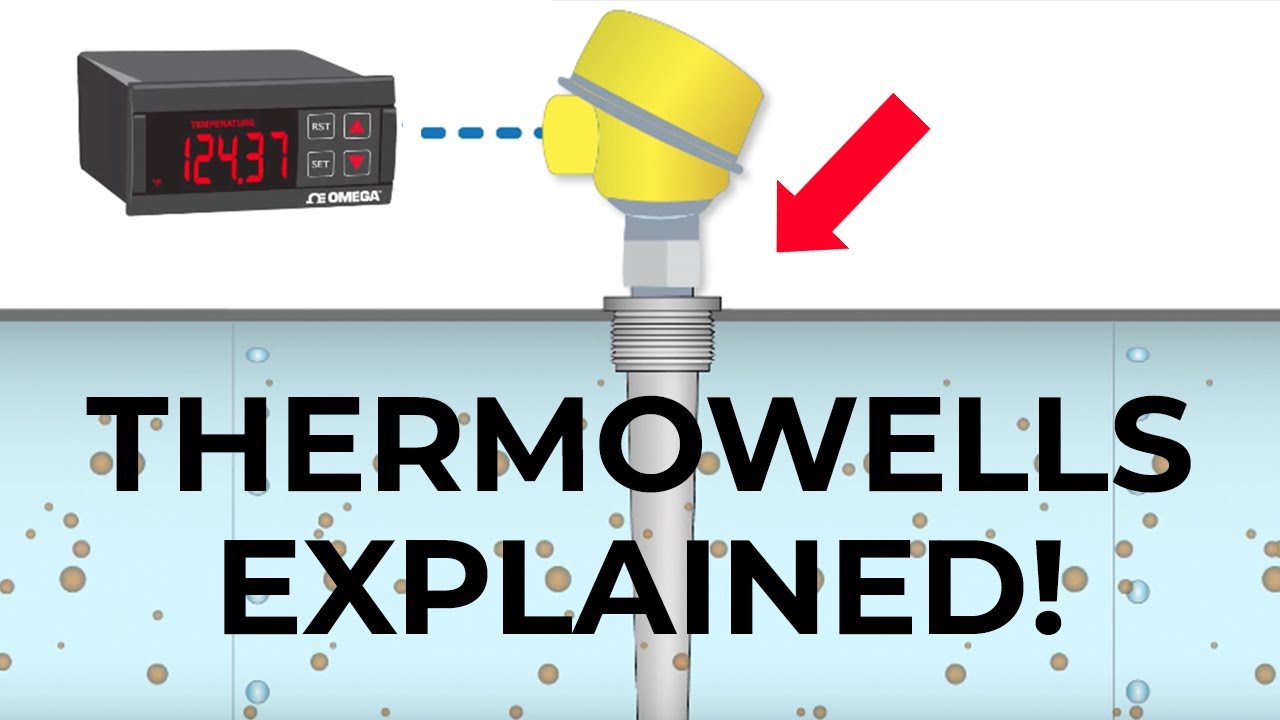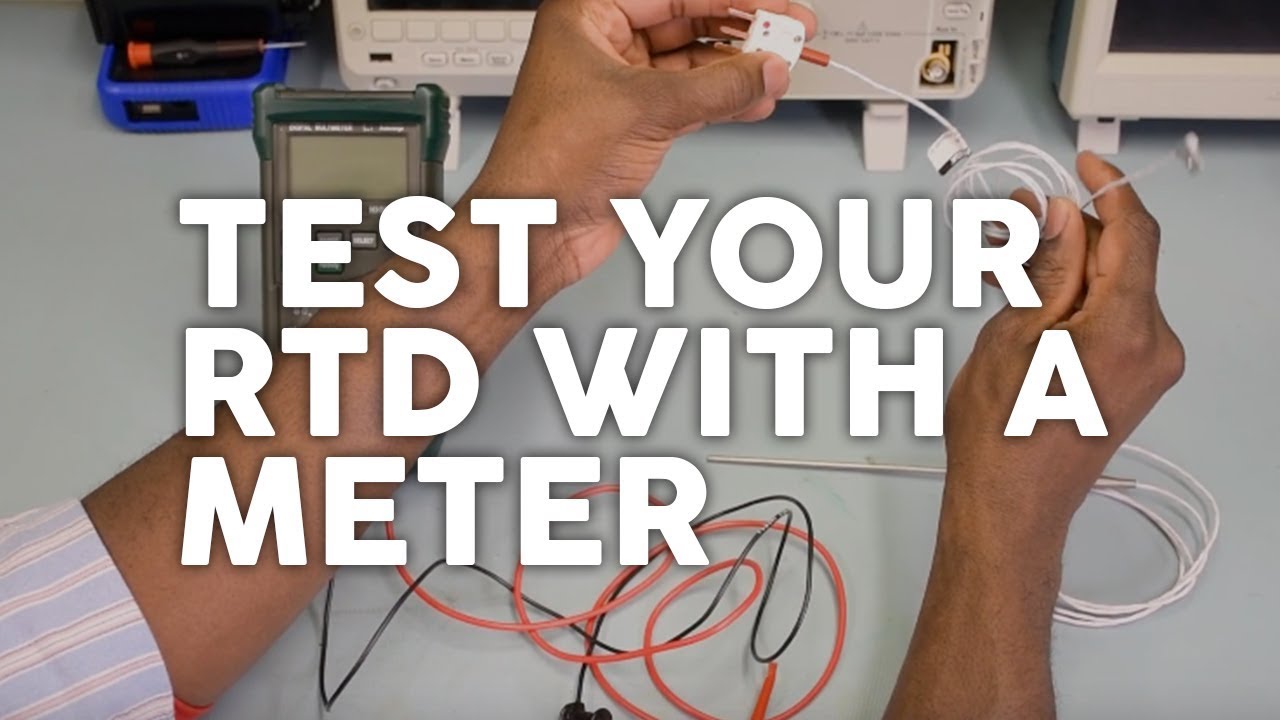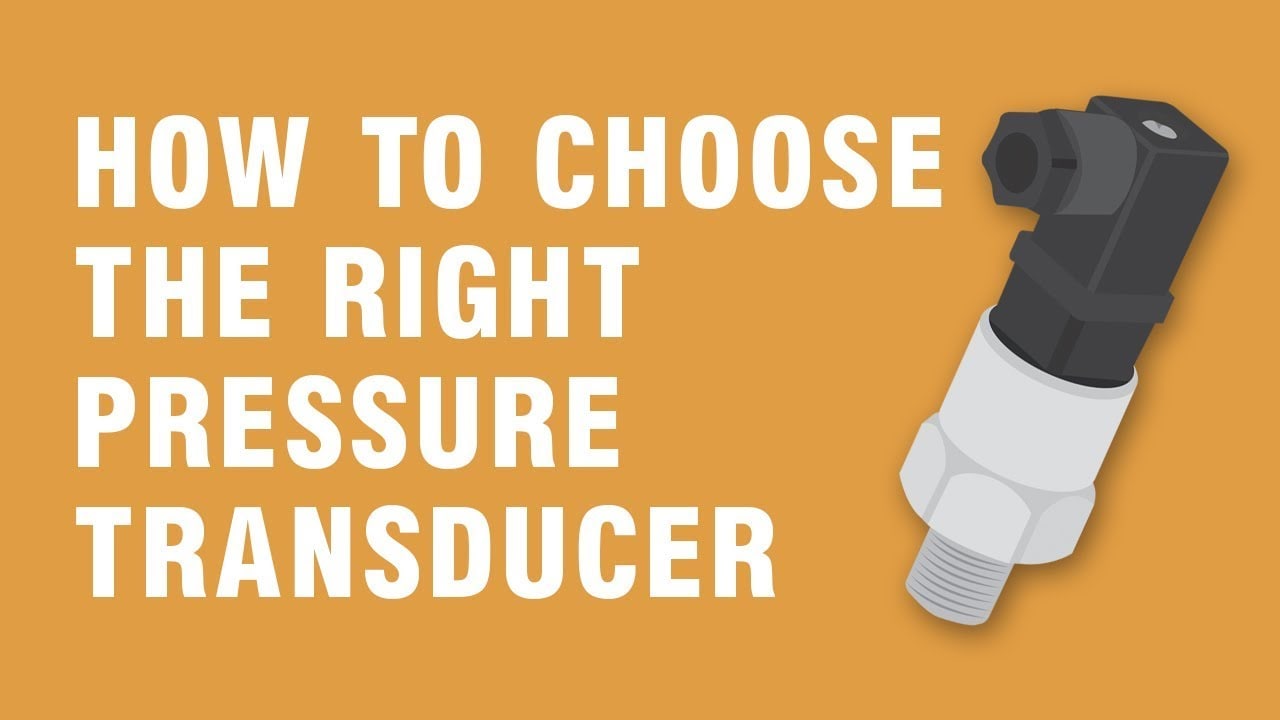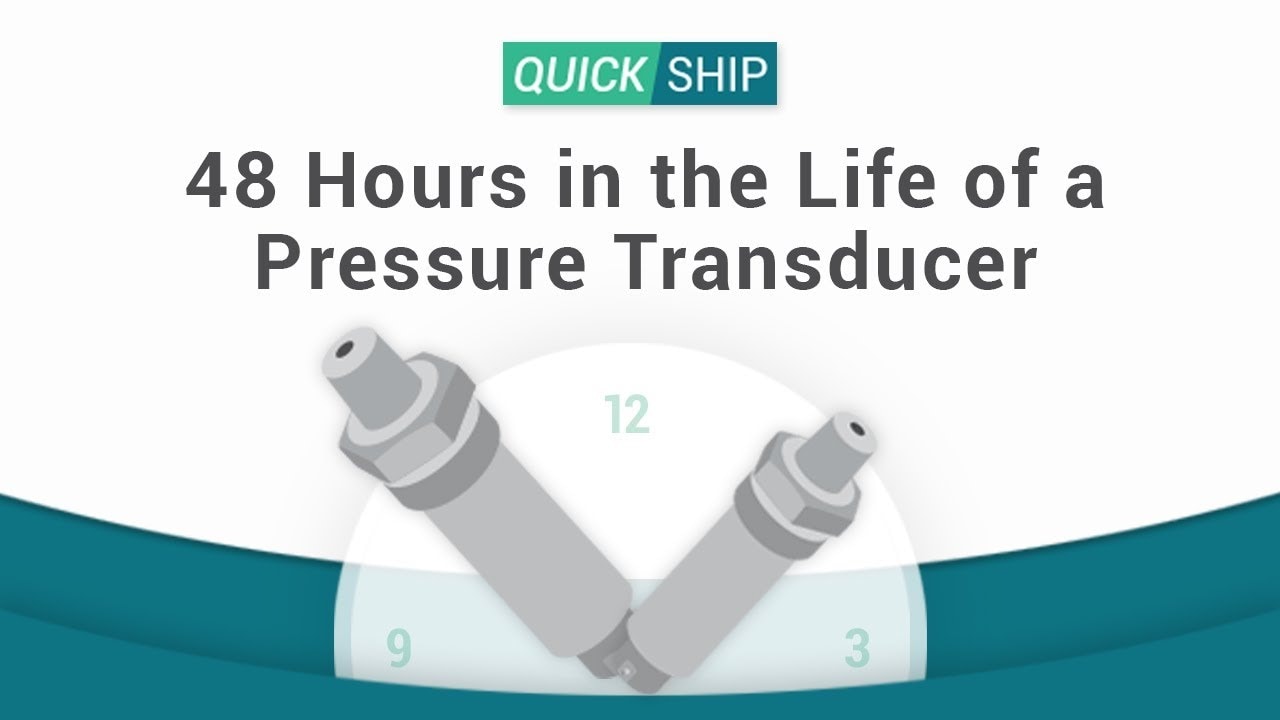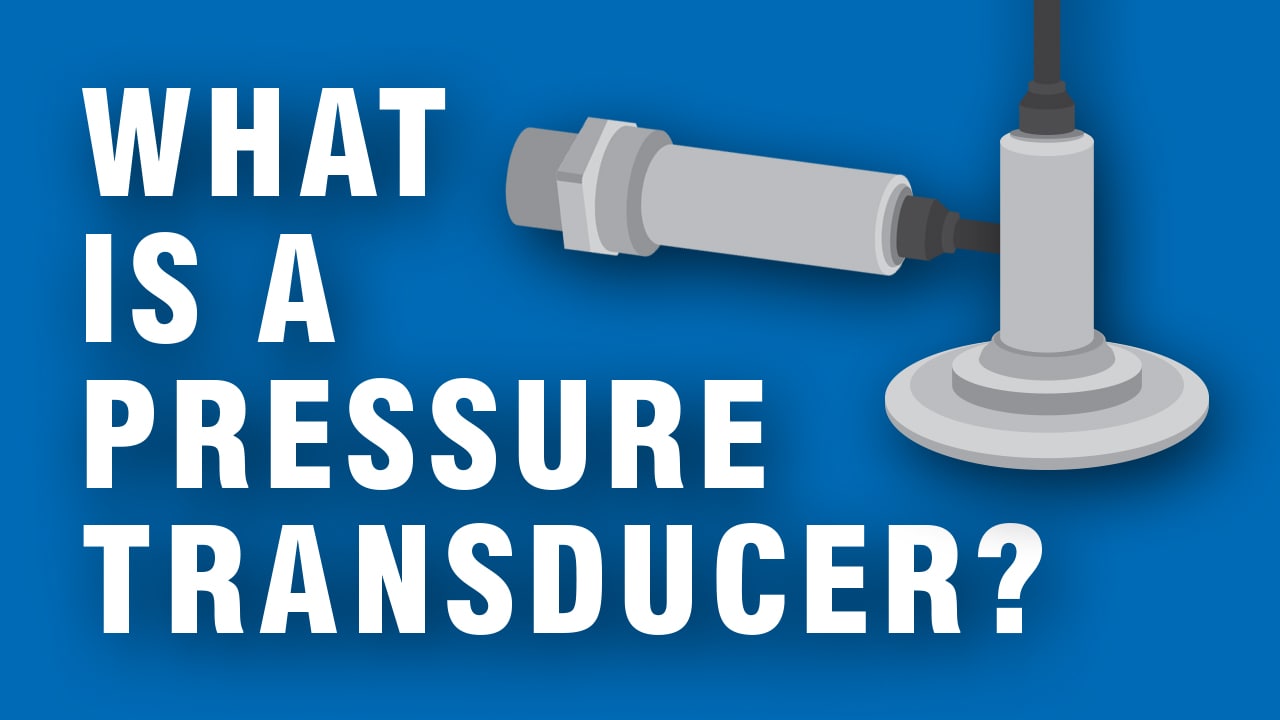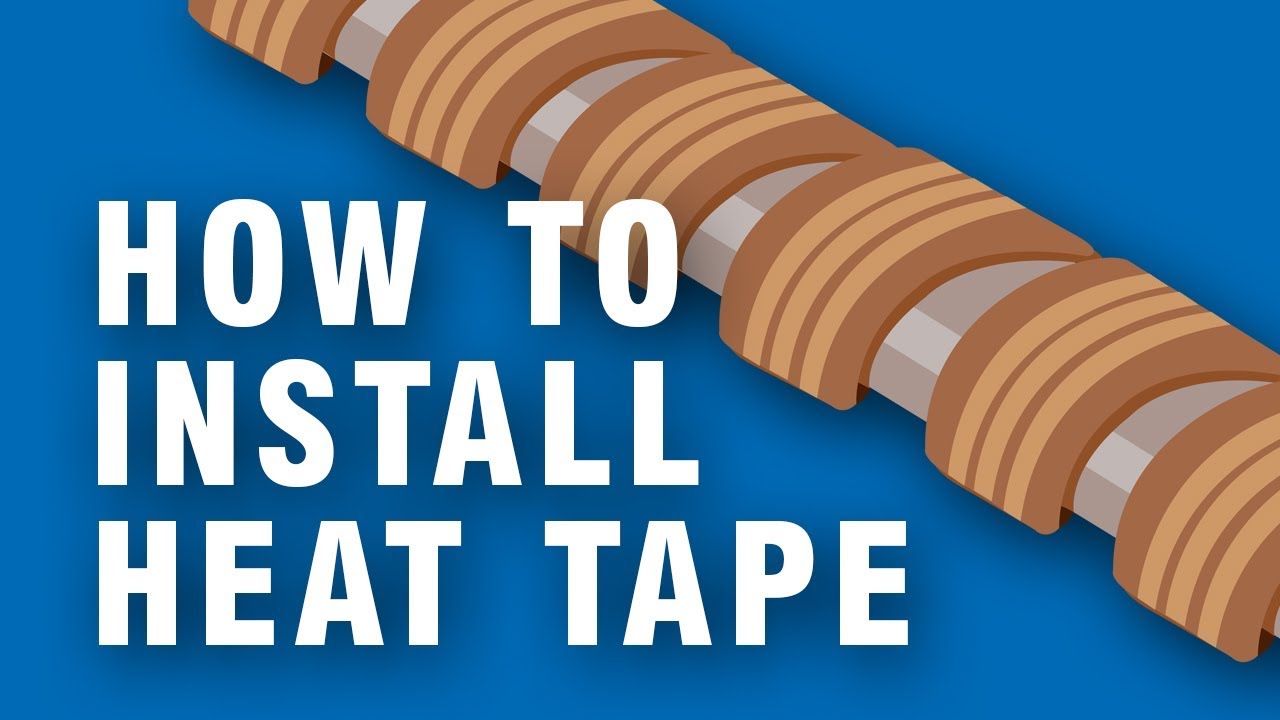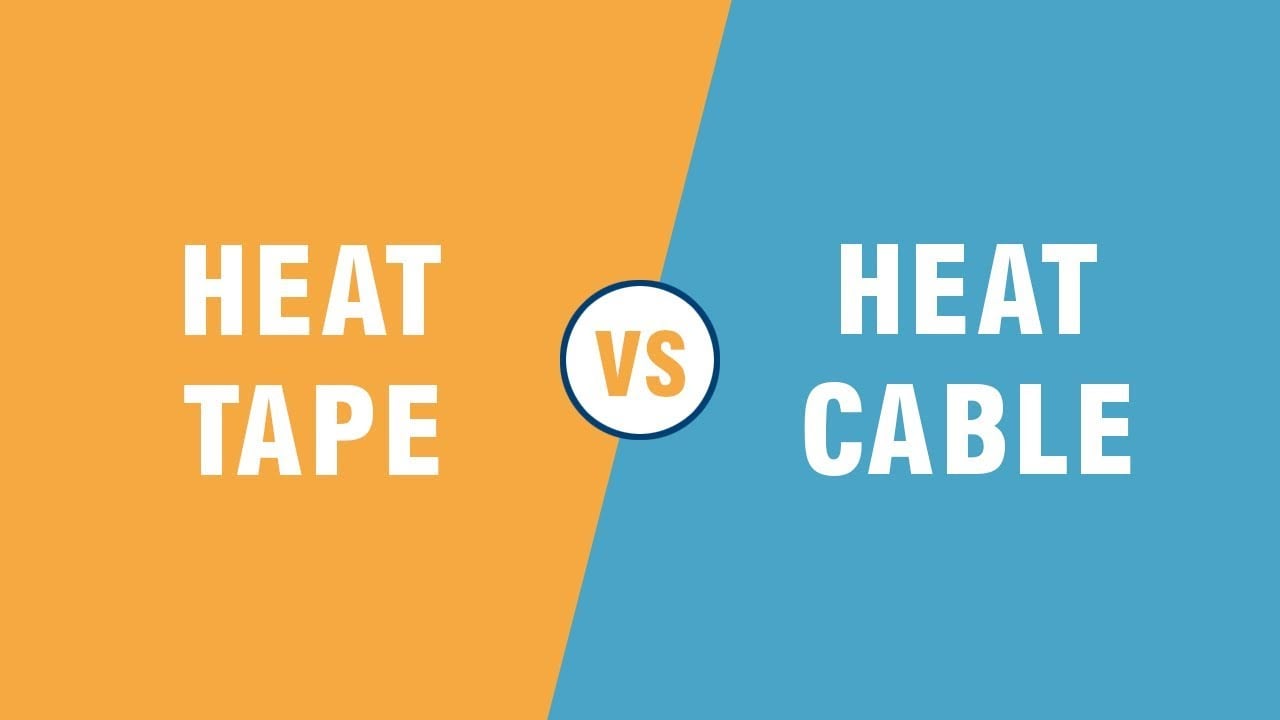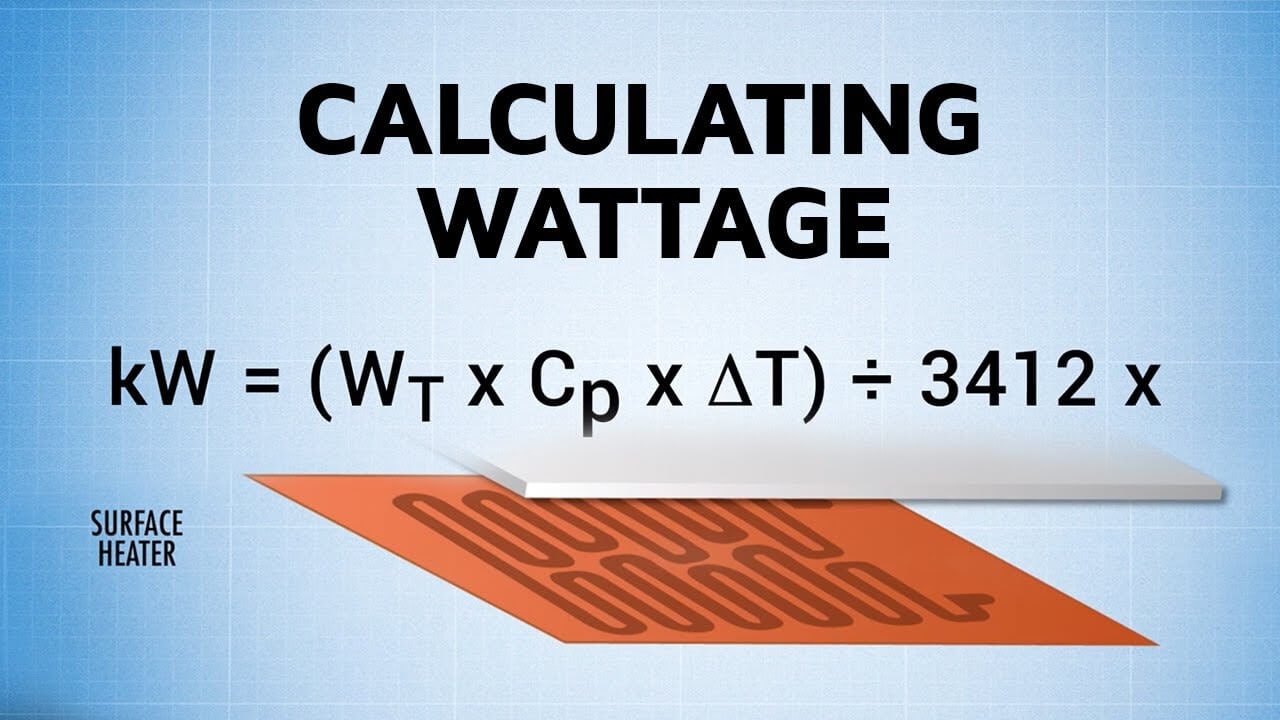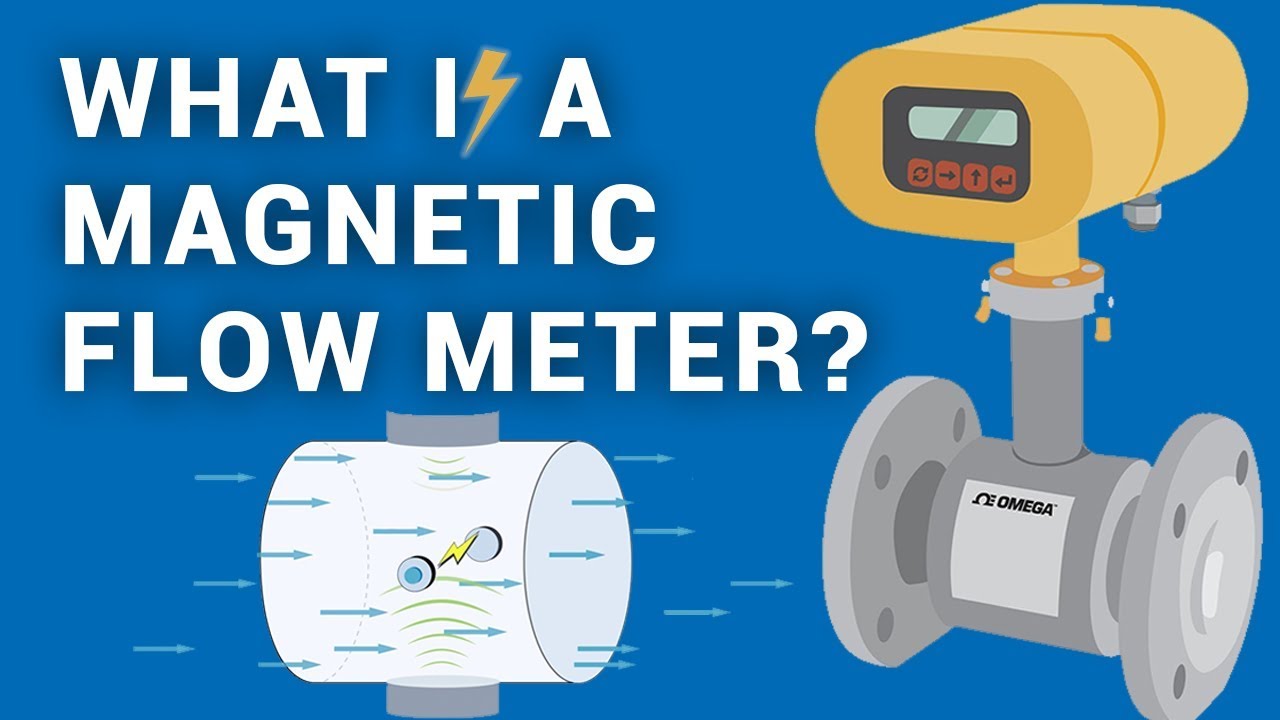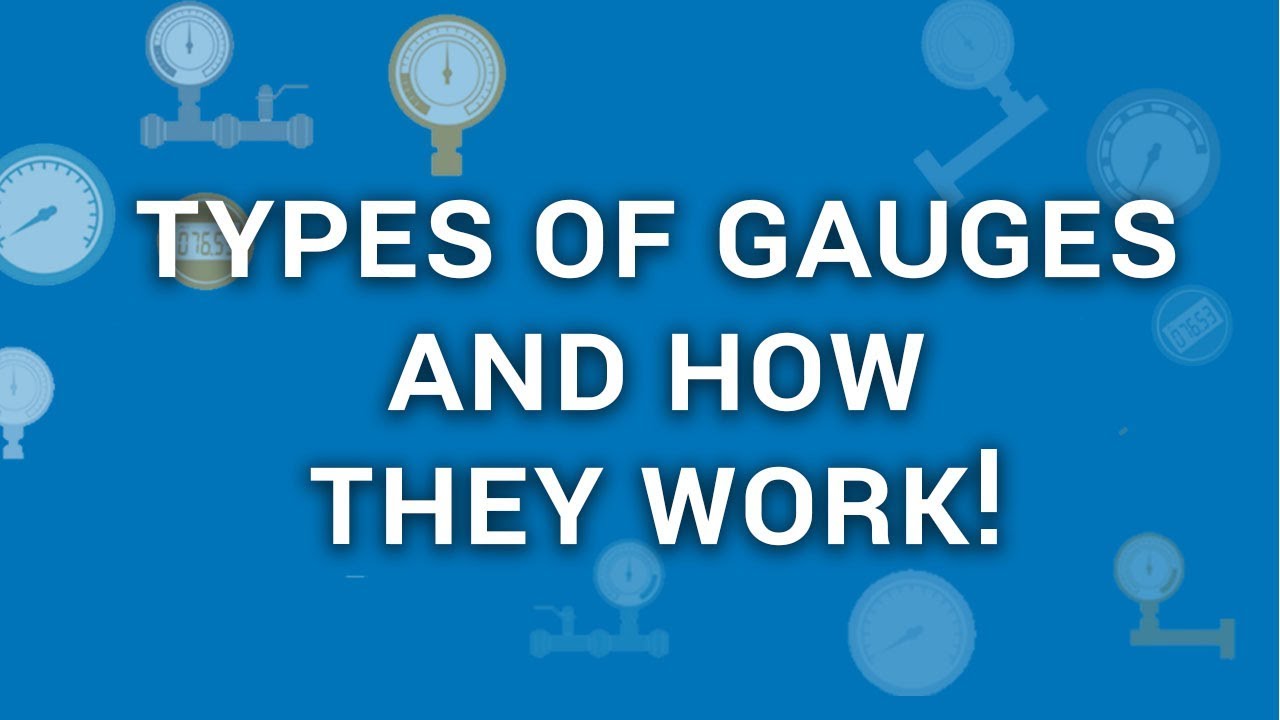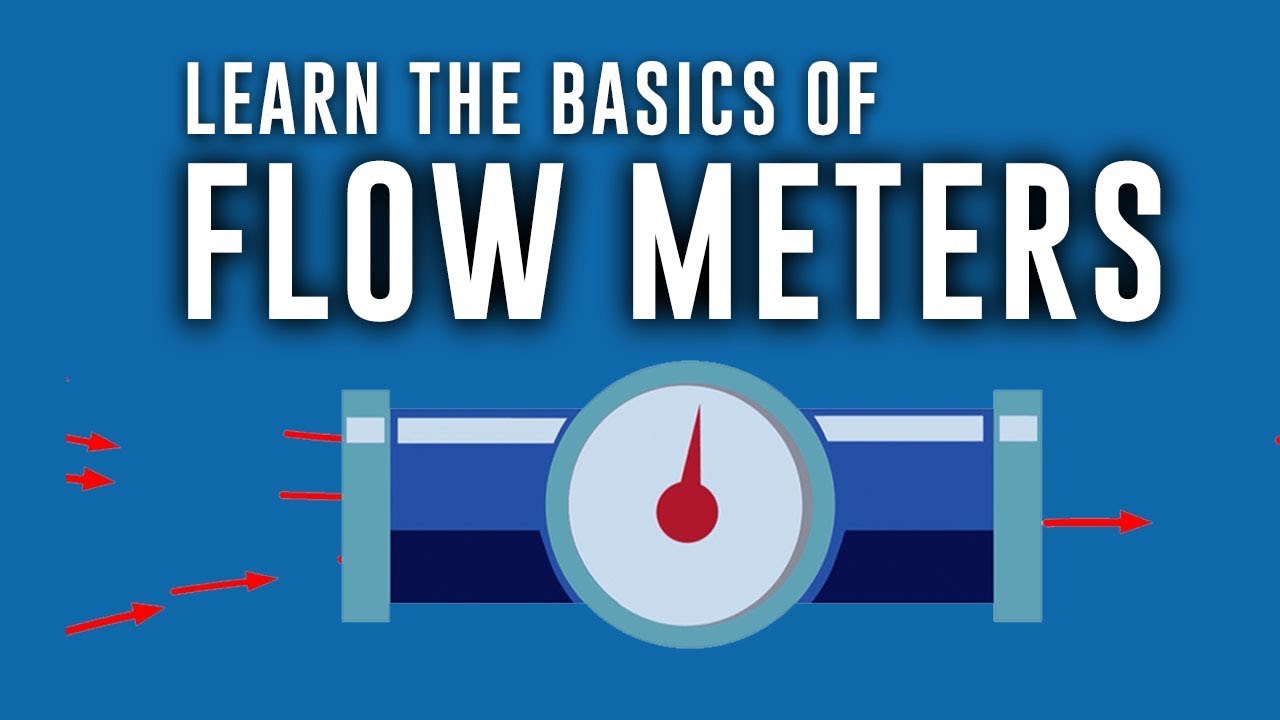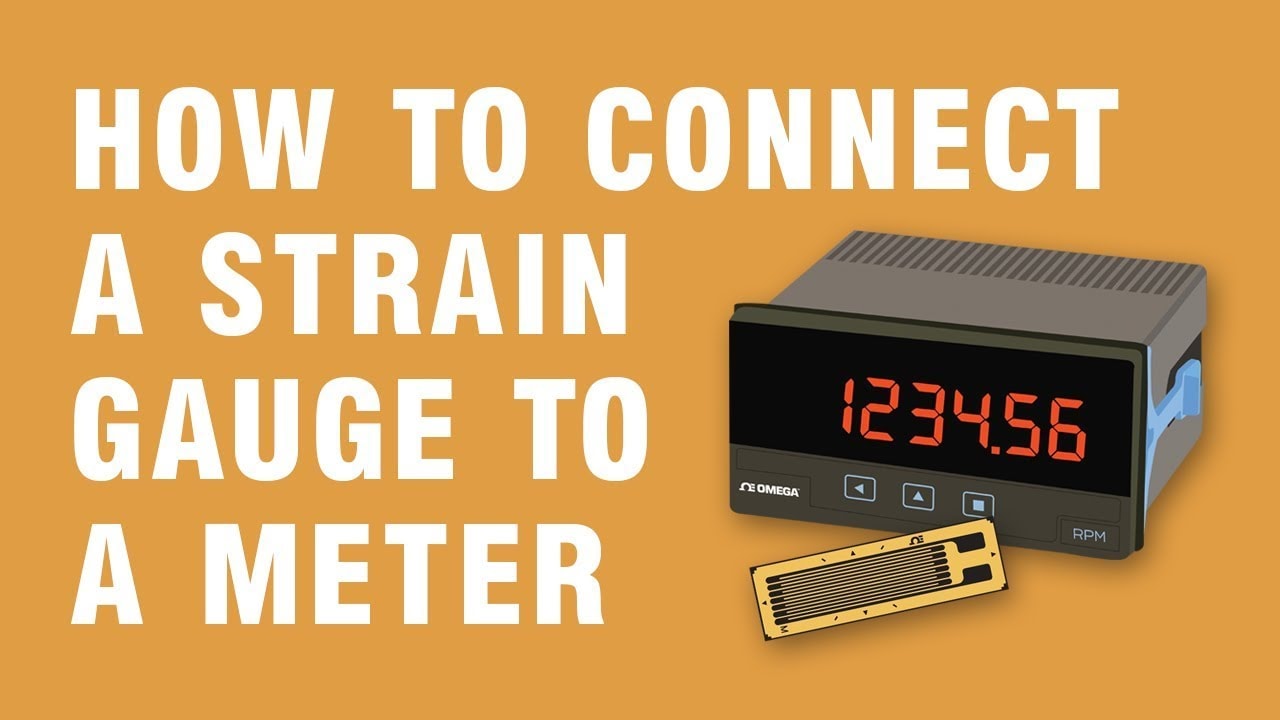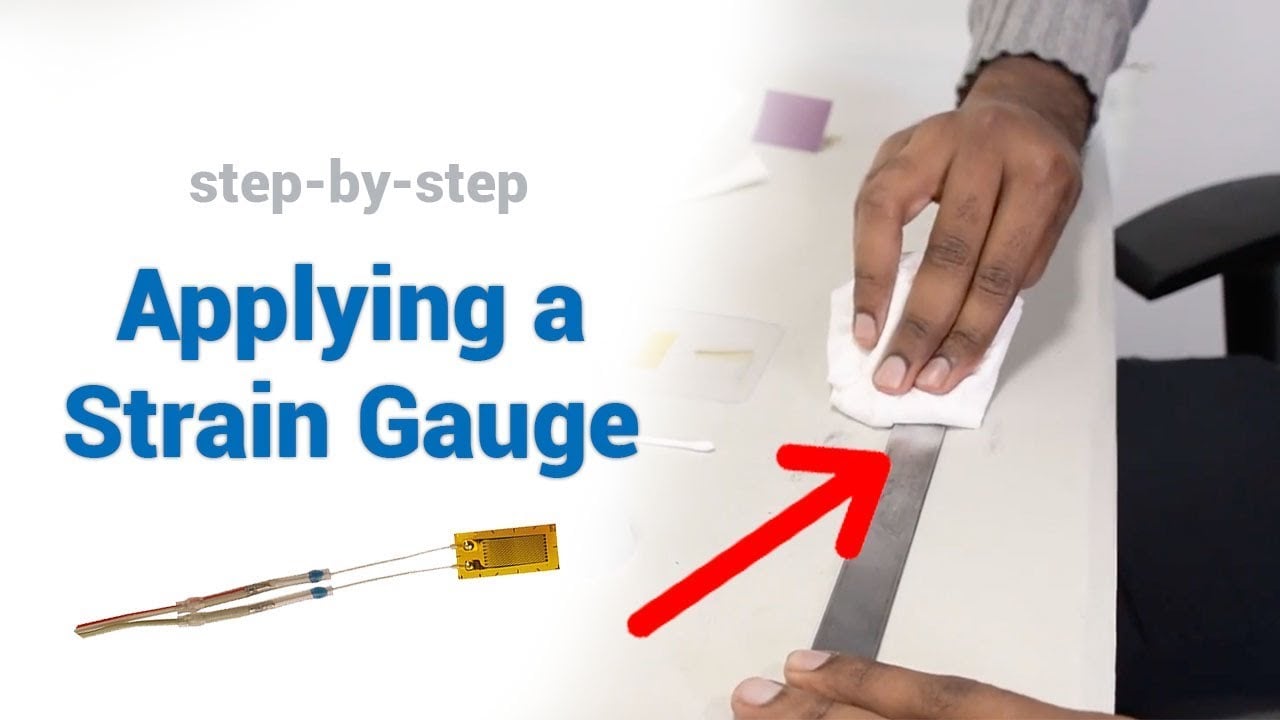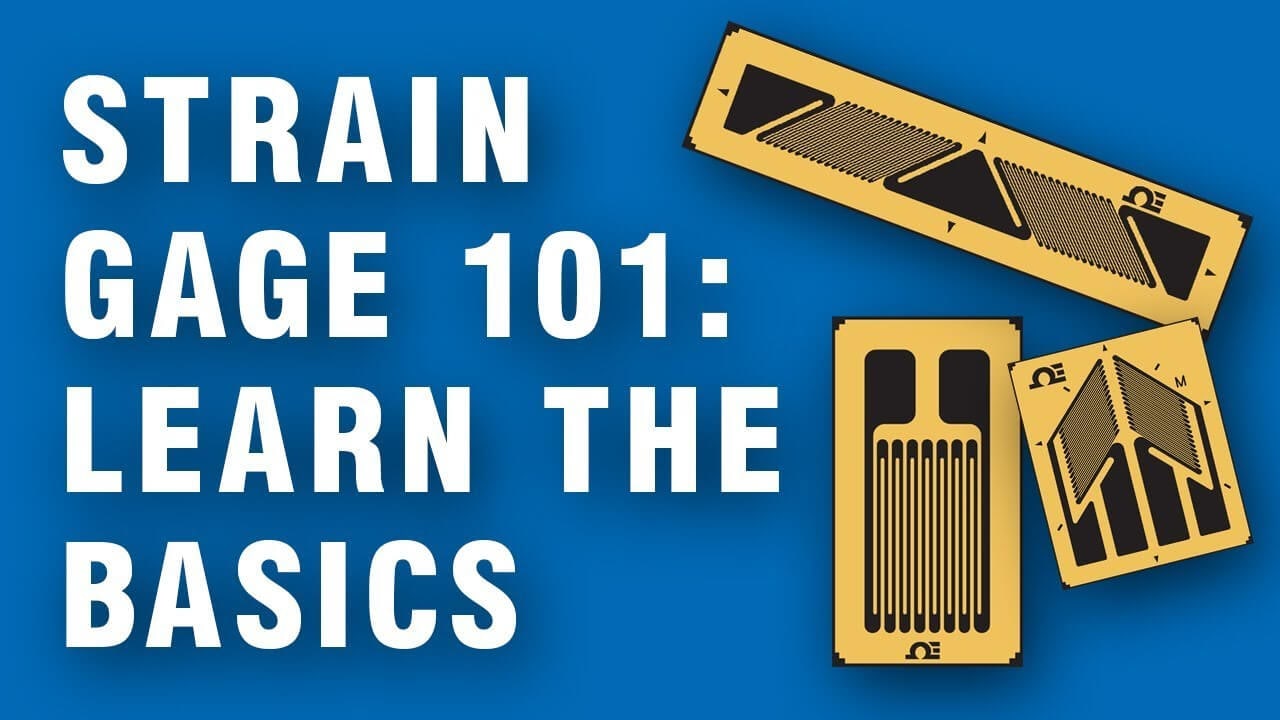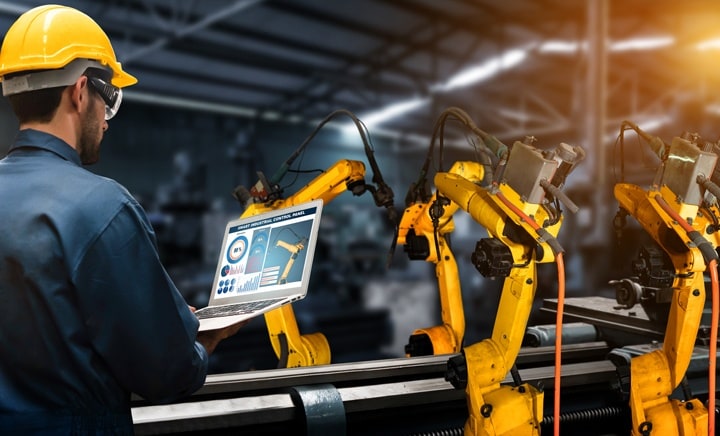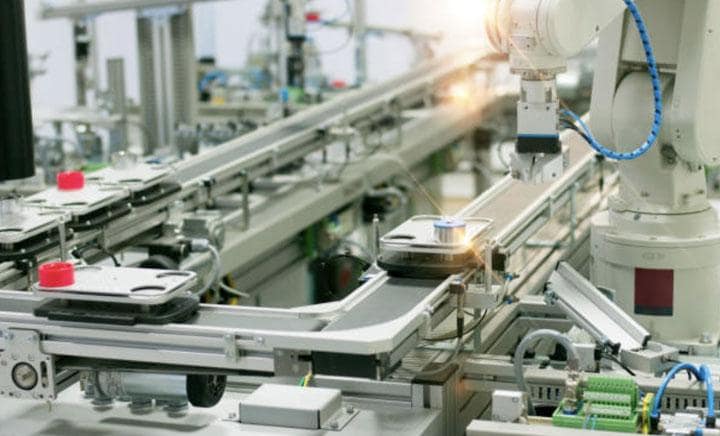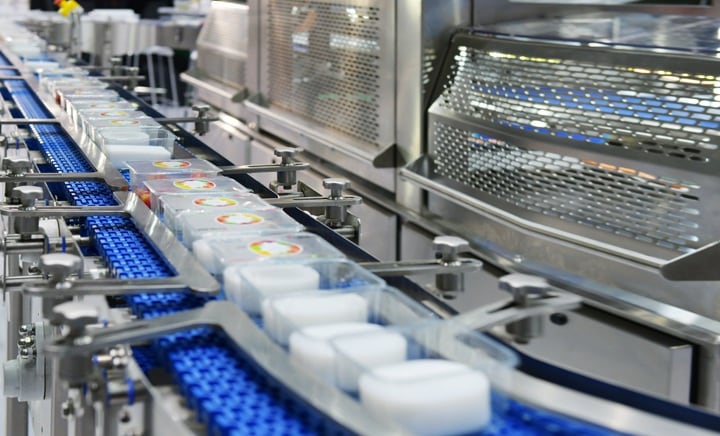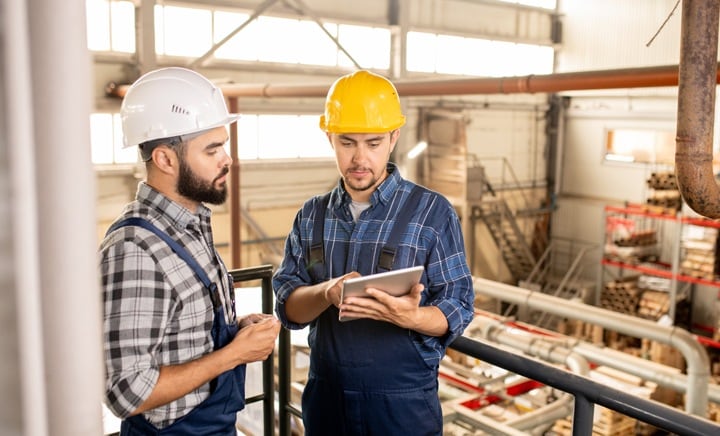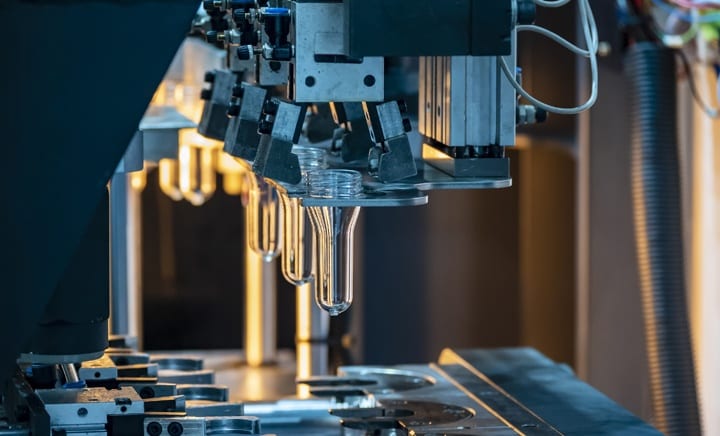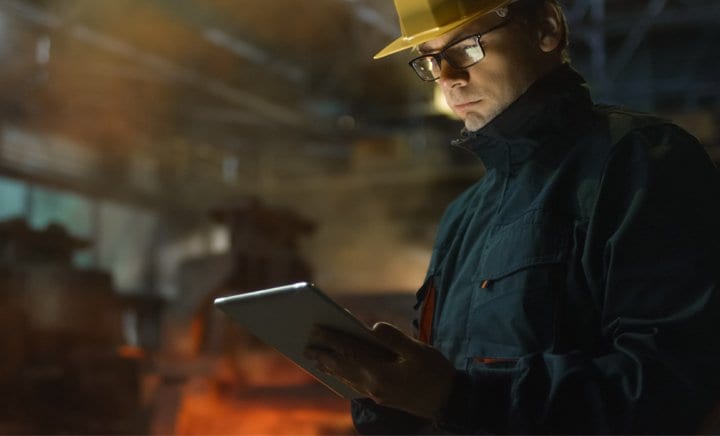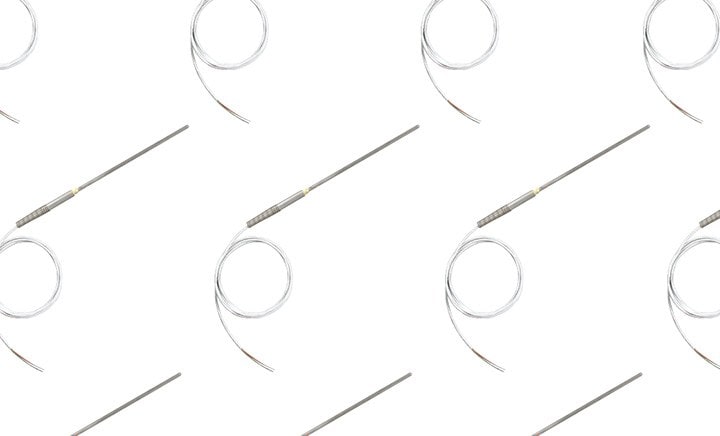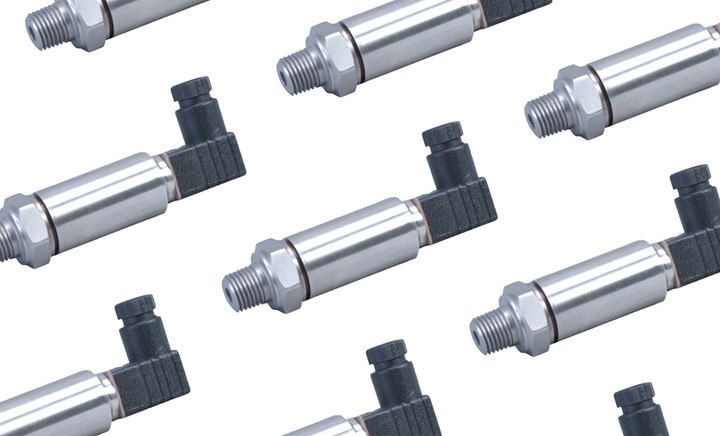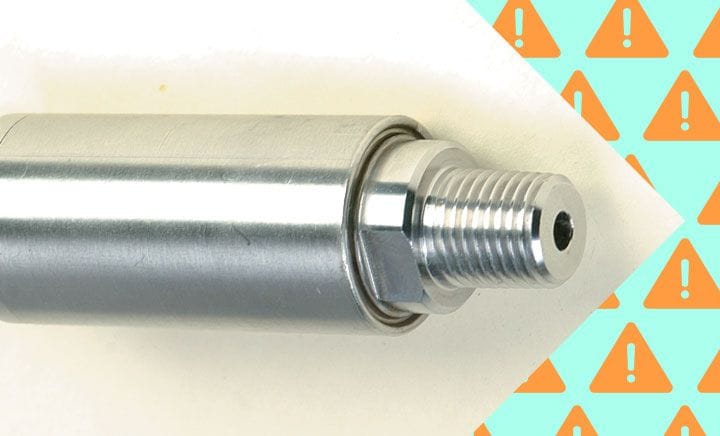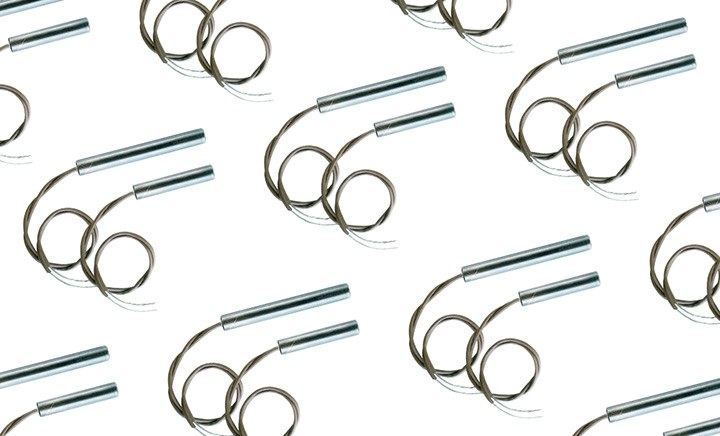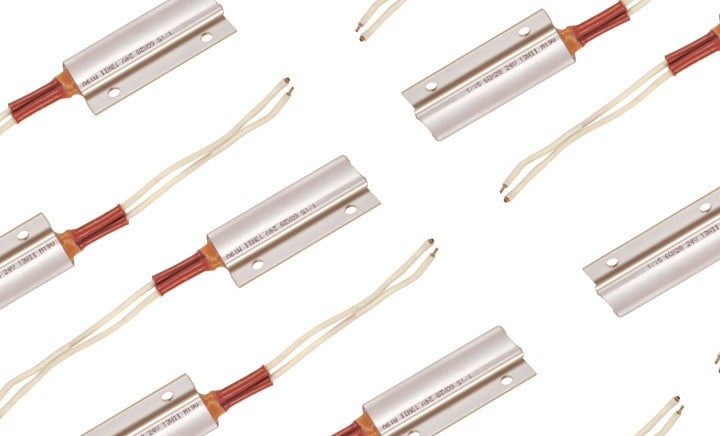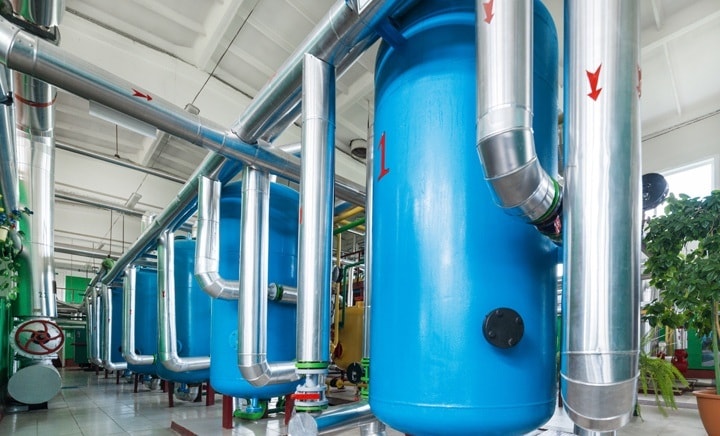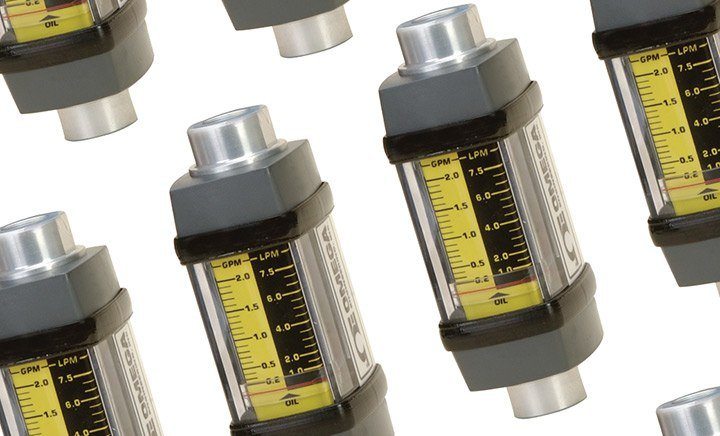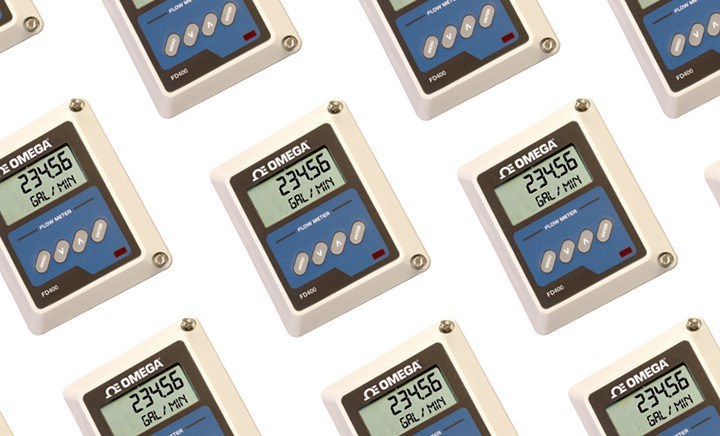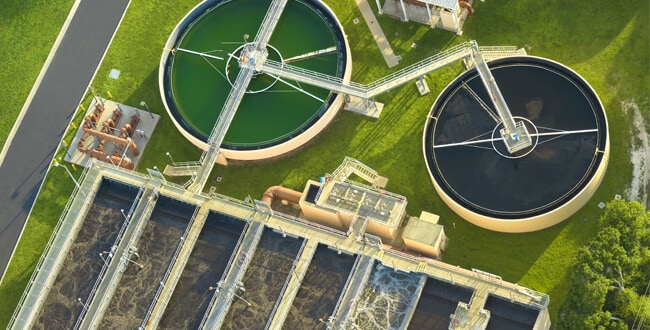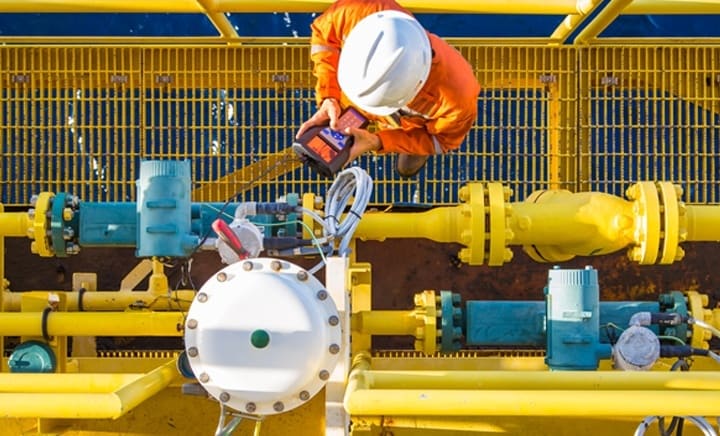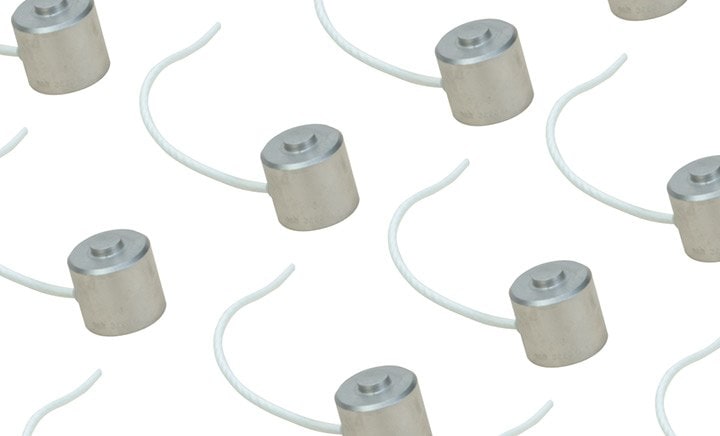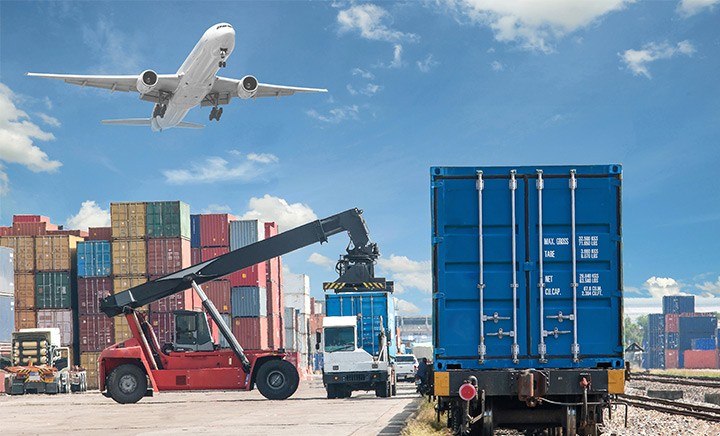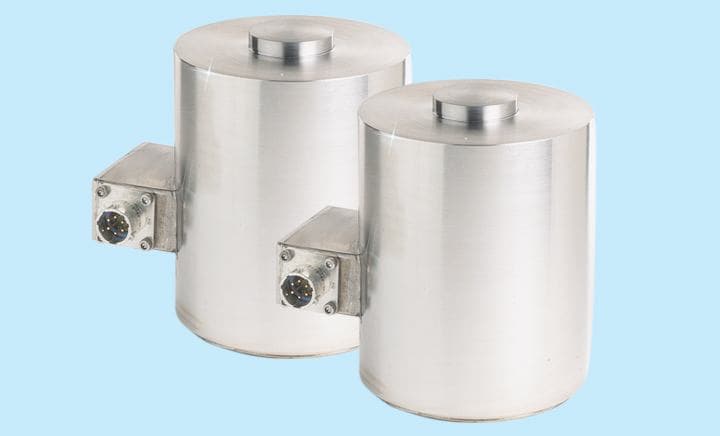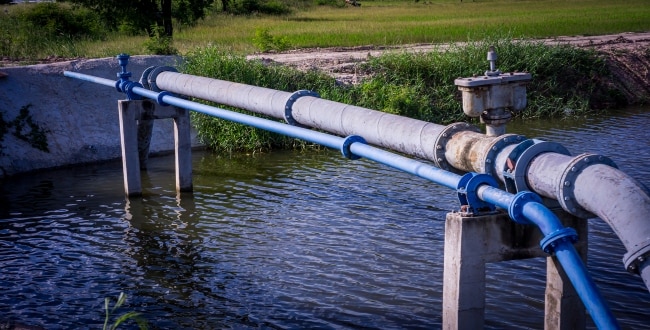
How to Properly Monitor Open Channel Flow Open channel flow monitoring measures the rate of water or wastewater moving through gravity-fed systems such as flumes, weirs, and open channels. Traditional mechanical methods like staff gauges and floats are being replaced by ultrasonic and hydrostatic level sensors that deliver continuous, precise, and low-maintenance measurement. These modern solutions improve accuracy, reduce field labor, and ensure reliable data for irrigation, stormwater, and wastewater applications.
Tagged as:Blog, Get Curious
Read More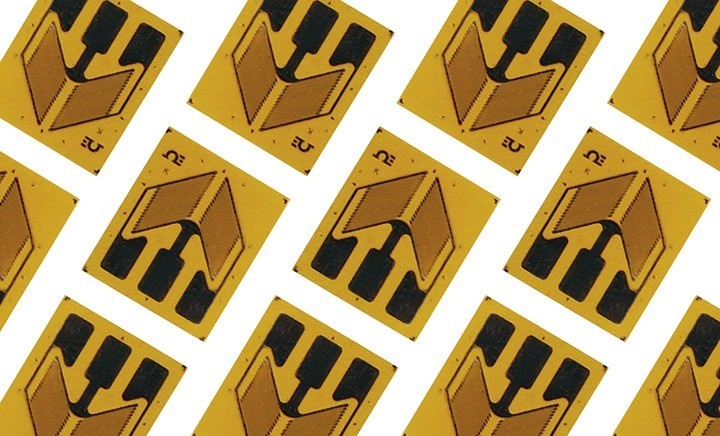
What are Strain Gauges? Strain gauges convert mechanical deformation into measurable resistance changes through the piezoresistive effect. Small resistance shifts are detected using a Wheatstone bridge with amplification and temperature compensation. Common types include linear, diaphragm, rosette, torsion, and dual-parallel gauges—each suited to specific stress directions and materials. Used widely in structural testing, load and pressure measurement, and industrial condition monitoring, strain gauges provide precise data essential for safety, performance, and predictive maintenance across engineering applications.
Tagged as:Blog, Get Curious
Read More
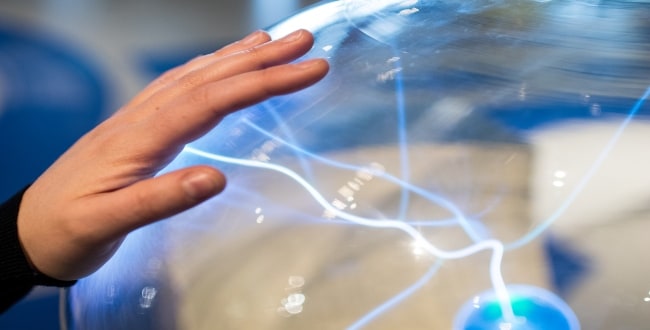
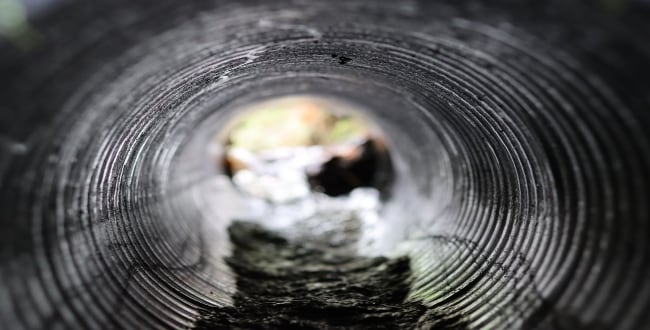
What is Wastewater? Wastewater is water that has been used in homes, businesses, or industries and contains contaminants such as chemicals, organic matter, and microorganisms. Before being released or reused, it must be treated to remove pollutants that threaten health and the environment. Modern treatment plants accelerate natural purification through steps like screening (removing large debris), grit removal (settling sand and solids), and primary clarification (separating sludge and scum). These processes ensure the safe return of clean water to the environment and support sustainable water use.
Tagged as:Blog, Get Curious
Read More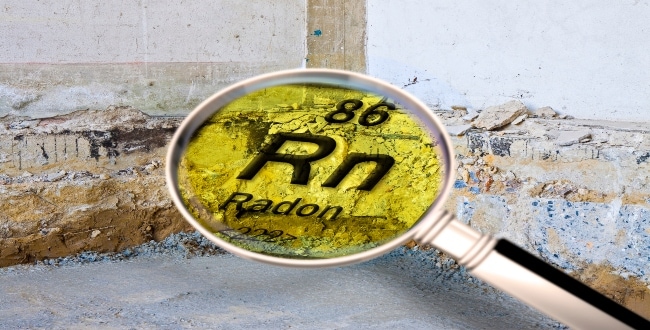
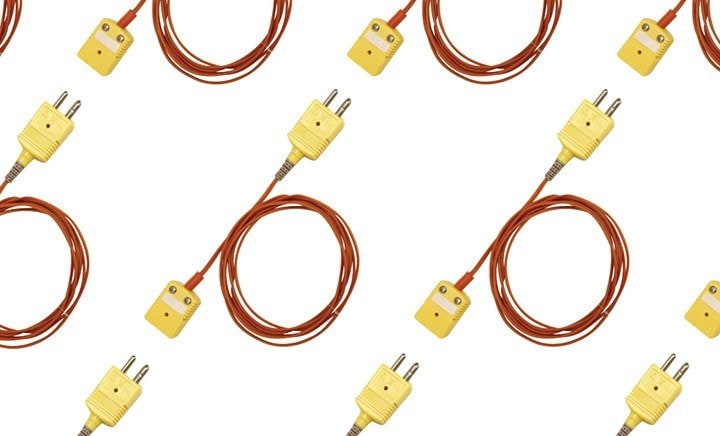
Understanding Thermocouple Wire Wire that is used in a thermocouple from the point of sensing to the point of cold junction compensation (cjc end) where the signal is measured.
Tagged as:Product Info, Get Curious
Read More
